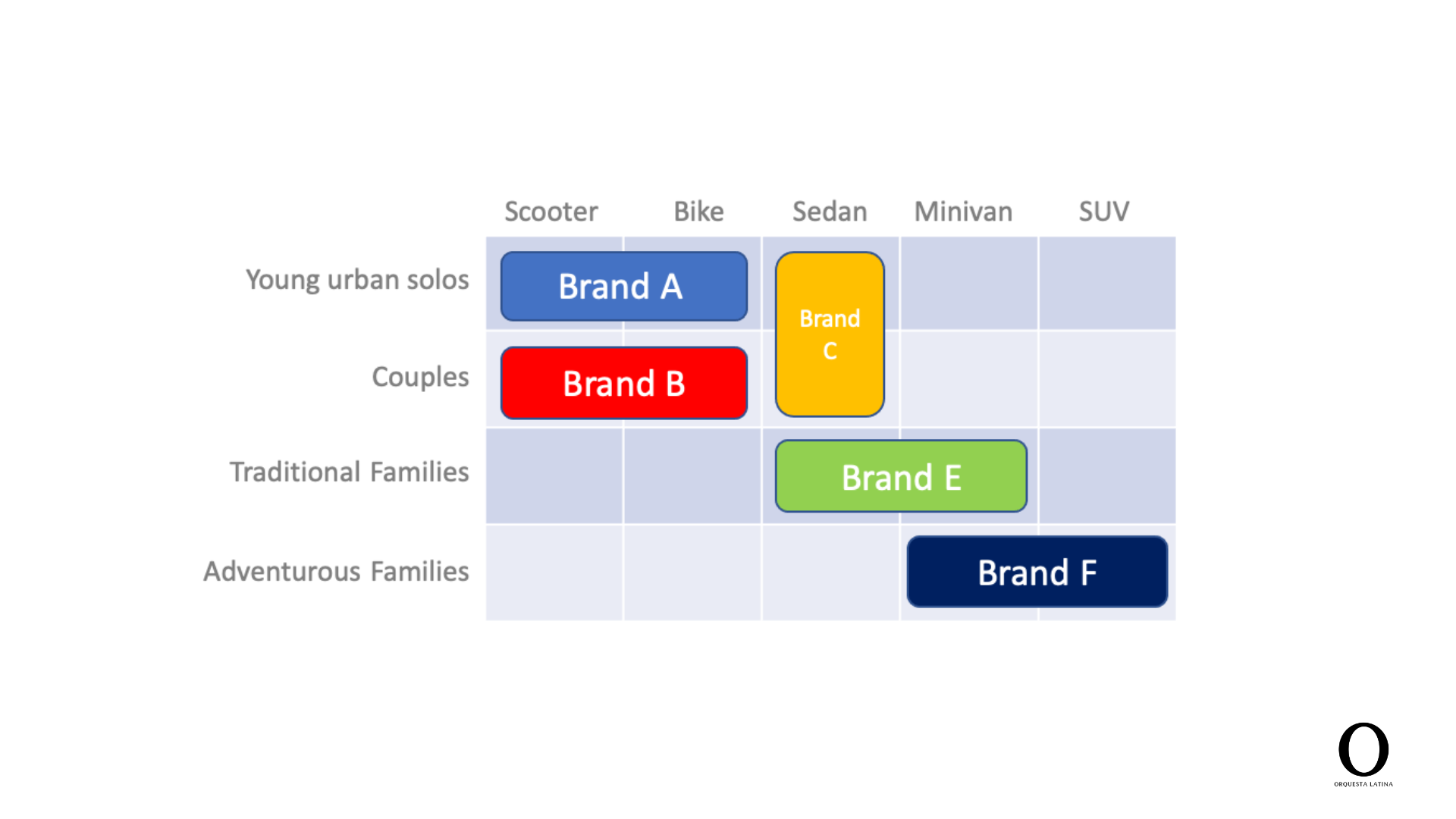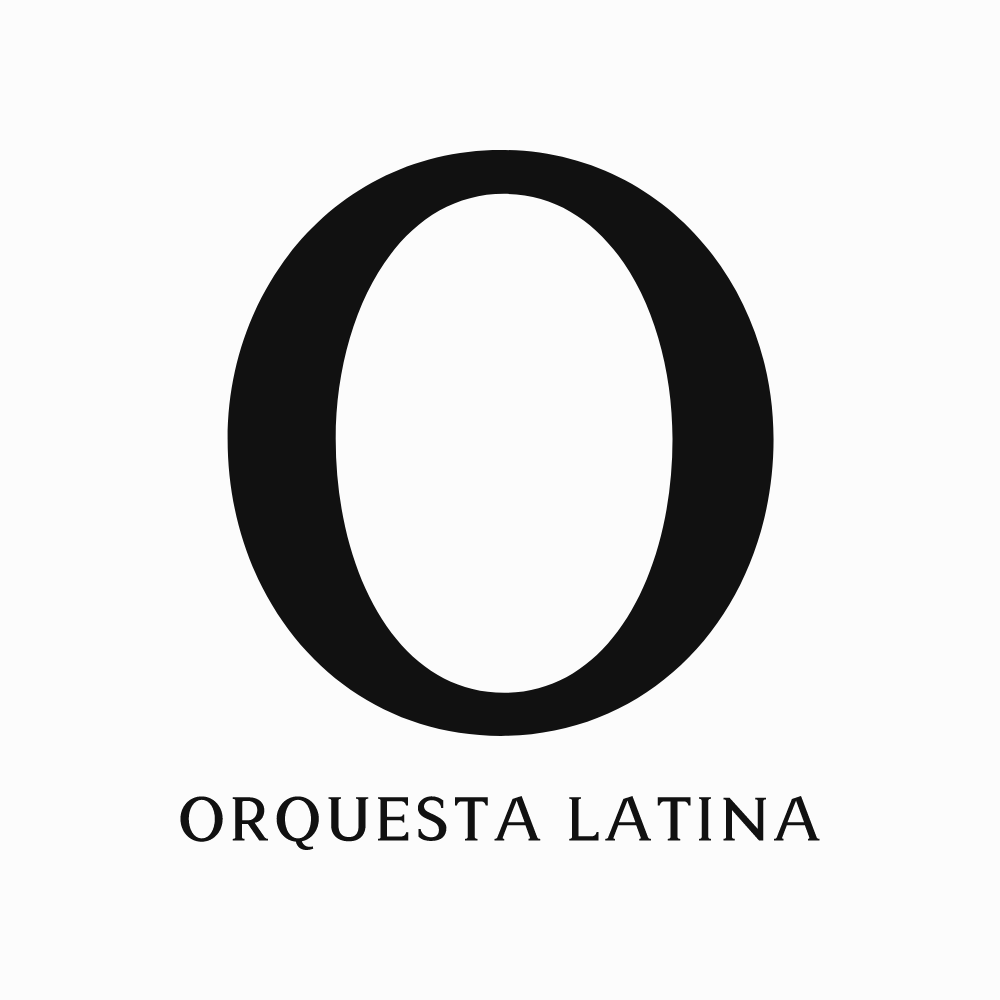22 Brand Strategy Tools you need to Master
We thought it nice to share a compendium of the critical tools we think any brand strategist should master to be successful.
#1 PURPOSE
It is a statement that defines the reason for an organization's existence beyond making a profit. It articulates the company's fundamental reason for being, the value it brings to society, and the impact it seeks to have on the world. It is the WHY.

#2 MISSION
A clear statement that outlines what the organization does, whom it serves, and how it operates. It describes what the organization does to achieve its purpose.

#3 VISION
A company vision is a statement that outlines an organization's long-term aspirations and goals. It is a picture in words of what fulfilling the purpose will look like at a designated time in the future.

#4 AMBITION
It is the long-term vision and goals a brand sets, typically centered around growth, innovation, or social impact.

#5 FRAME OF REFERENCE
It is the context or perspective from which a company positions its products or services in the market. It defines the competitive landscape and the specific category in which the company operates and helps differentiate its offerings from those of its competitors.

#6 DEMAND LANDSCAPE
It is the market and customer insights a brand uses to understand the current and future demand for its products or services.

#7 PORTFOLIO STRATEGY
It is a systematic approach to managing a brand's range of products or services. It involves evaluating each product or service's performance and potential and deciding how to allocate resources to maximize the overall value of the brand's portfolio.

#8 TARGET AUDIENCE
It is the specific group of people a brand aims to reach with its products or services.

#9 VALUE PROPOSITION
It is the unique benefit or solution that a brand offers to its target audience and how it differentiates itself from competitors.

#10 BRAND POSITIONING
It is the unique benefit or solution that a brand offers to its target audience and how it differentiates itself from competitors.

#11 BRAND ARCHETYPE
A universal character or personality that a brand embodies to connect with its target audience. It is a symbolic representation of the brand's values, aspirations, and identity.

#12 BRAND ARCHITECTURE
It is the way that a brand system is organized and presented to the market, including its brand hierarchy, brand portfolio, and brand extensions.

#13 NAMING STRATEGY
It is a plan for creating and selecting a name that effectively communicates a brand's identity and values. A strong naming strategy can help a brand stand out in a crowd and earn value over time. over time.

#14 BRAND IDENTITY
It is the visual and verbal expression of a brand, including its name, logo, tagline, and voice.

#15 BRAND MESSAGING
It is the set of communications a brand uses to communicate its value proposition, personality, and tone to its target audiences.

#16 BRAND GROWTH STRATEGY
It is the plan a brand develops to achieve its growth goals, typically through market expansion, product innovation, and customer acquisition.

#17 INNOVATION STRATEGY
It is about how to allocate resources to create new products, services, or business models that address evolving customer needs and market trends.

#18 INNOVATION PIPELINE
It is the result of a systematic process of developing and introducing new products, services, or ideas to a brand's target market.

#19 CX STRATEGY
It is the approach a brand takes to create and deliver positive, engaging, and memorable experiences for consumers throughout their journey with the brand.

#20 CONSUMER JOURNEY
It is a "Customer First" approach to develop innovation, connection plans and creating and delivering meaningful and compelling customer experiences across all touchpoints.

#21 CORE CREATIVE IDEA
It is a central concept that drives a brand or project's overall message or campaign. It is the foundation of all creative work and is the guiding principle for all communication and marketing efforts.

#22 BRAND TRACKING
It is the process of monitoring and measuring a brand's performance over time. It involves collecting data on various aspects of the brand, such as awareness, perception, loyalty, and reputation, and using this data to gain insights into how consumers perceive the brand and its performance in the market.













